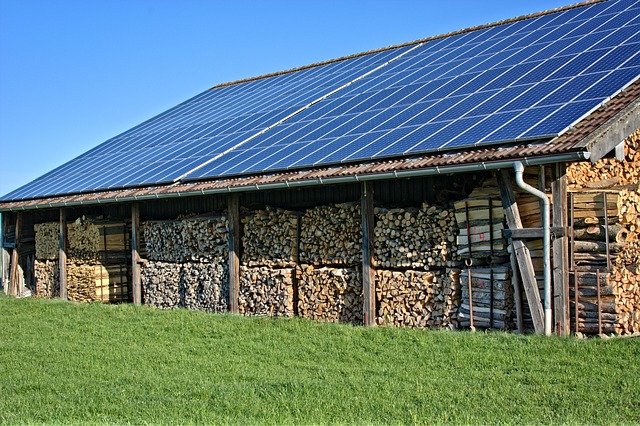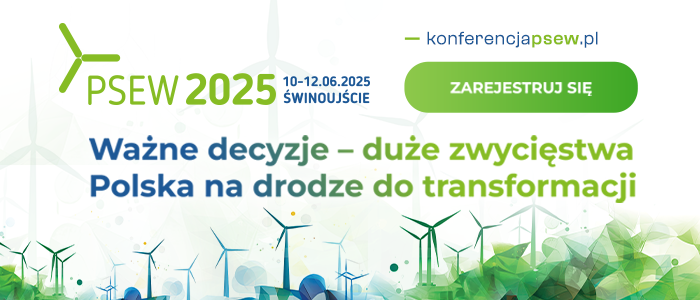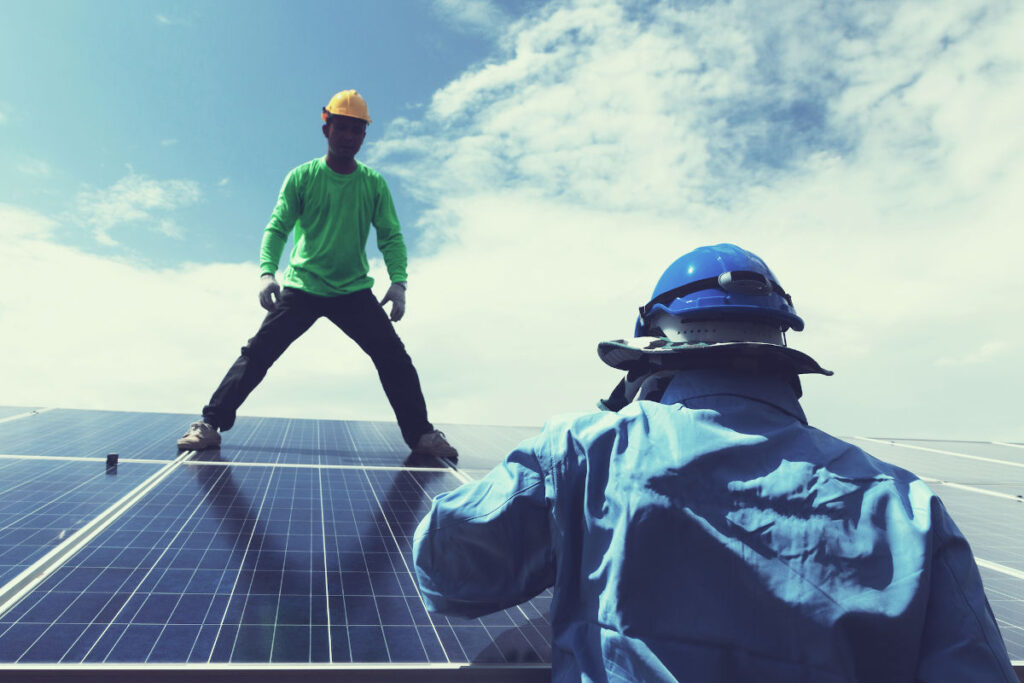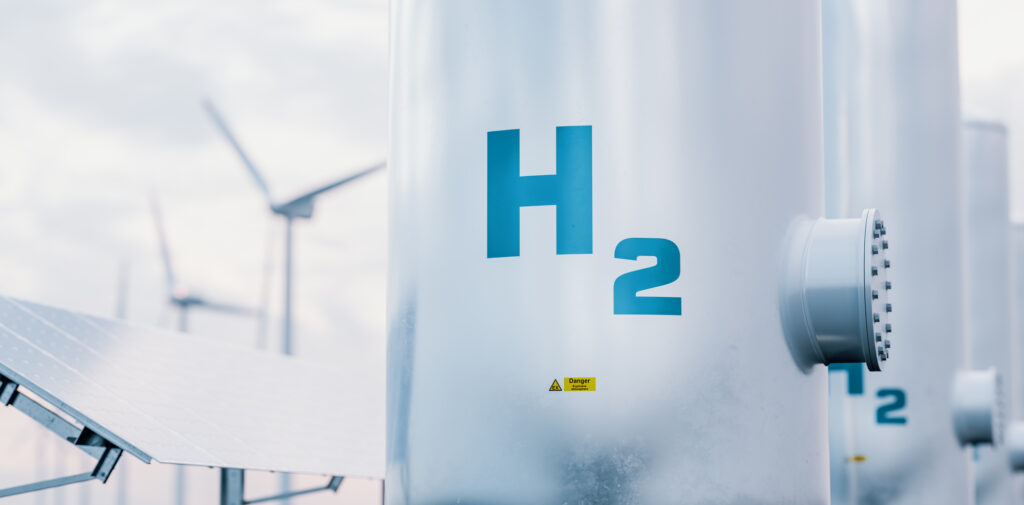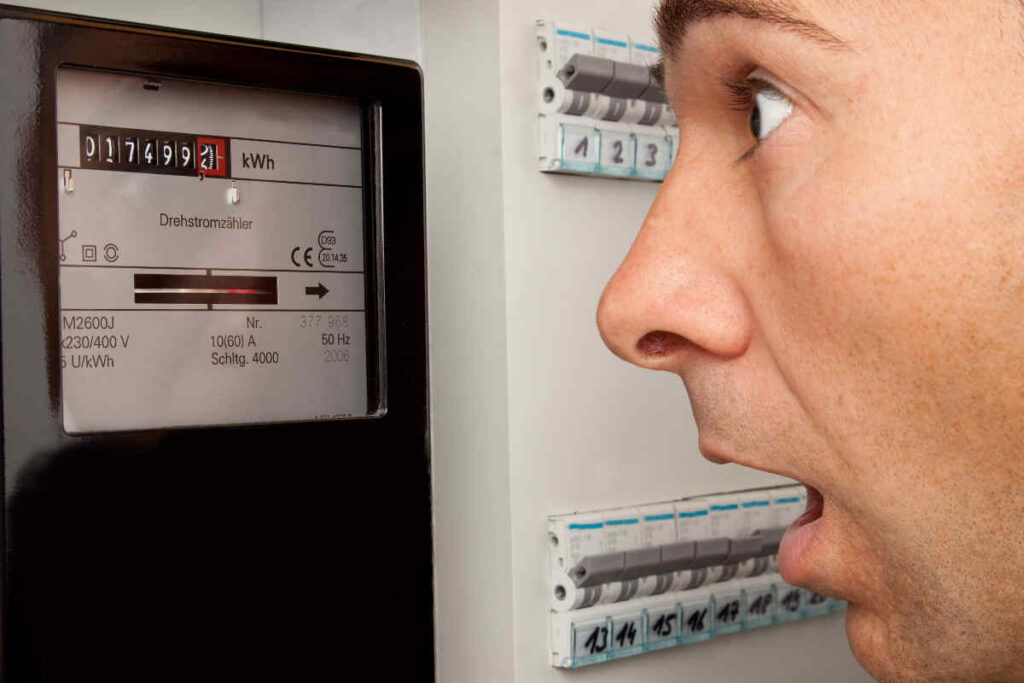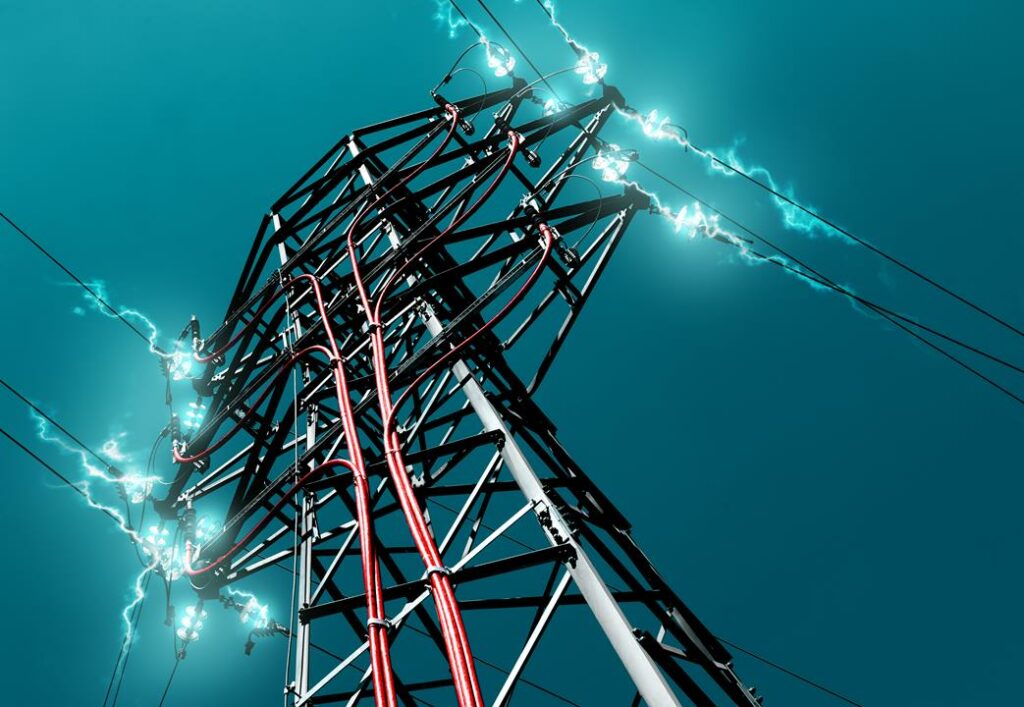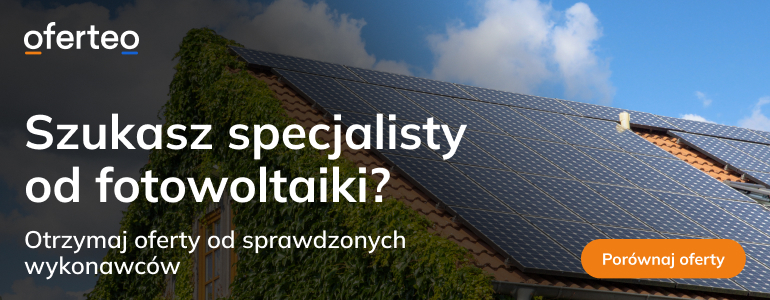Spis treści
In 2020 the index of renewable sources energy share in the final gross energy consumption increased annually by 0.T6 of percentage point up to 16.13 percent. – as was announced by CSO in advance information. It is a huge jump, as in the previous year the data shown that RES share would slightly exceed 12 percent in Poland.
This is the data from three sectors: electric power industry, heat engineering and transportation. It seemed that Poland had no chance to meet the EU obligatory objective, being 15 percent in case of our country. Finally, it happened the other way. CSO corrected the data and RES share for the past three years (2018, 2019 and 2020), unlike previously, calculating mostly RES share used for heating purposes. The data is being verified by Eurostat at present.
Corrections in the specified years were applied to three balance positions referring to solid biofuels, i.e.: acquisition, domestic consumption and final consumption in households; it was made feasible by additional data sources, among others, in the scope of wood acquisition,including fuelwood in 2020 and wood acquisition (merchantable timber) from forest cover in 2020 and by information originating from “Mój Prąd” and “Czyste Powietrze” projects.
All the aforementioned data sources made it possible to confirm results of survey on fuel and energy consumption in households, conducted in 2019 and to use them in the prepared balances – as it was notified by CSO to WysokieNapiecie.
Underestimated importance of timber
Central Statistical Office, in collaboration with the Ministry of Climate and Environment, had a look at the data which WysokieNapiecie.pl paid attention to a year ago. It was about extremely low statistic share of the most basic renewable energy source in Poland, i.e. biomass burnt in ovens and cookers.
As it resulted from CSO data (for 2018) as much as 30% of Polish households burns wood (63% in the country and 14% in towns). It is mostly used interchangeably with coal in the same oven or separately in fireplaces. Wood is used as the basic heating source in every tenth household in Poland. Actually, Poles, already three years ago, spend as much as 3 billion PLN on its purchase, however, as much as 10% of Polish families acquired wood, in whole or partially, for free (tree branches, timer from own forests, old furniture, illegal logging etc.). If wood was burnt, 8 cubic meters were used on average per annum, and the average charge was 112 PLN/m3.
Just this CSO data (resulting from a survey performed every three years for the sample of approx. one thousand households) showed that timber burnt in houses was of a total energy value 5.3 Mtoe, whilst CSO reported the value lower by more than a half to Eurostat. Polish data seemed to be far from reality also when compared to other EU countries. Although millions of Polish families burn fuelwood (and half a million still uses wood fueled cookers), the consumption of this fuel in our households reported to Eurostat was significantly lower than in e.g. France, Denmark, Italy or Croatia, which are not associated with extensive wood heating at all.
The statistics in this area was verified previously by Croatia. After the data had been corrected by statistical office in Zagreb (increased by three times the reported biomass consumption in households) it turned out that the objective imposed by Brussels on Croatia during accession negotiations had already been fulfilled before it was even specified (in 2014 Croatia improved biomass consumption statistics going back in its correction as far as to 2004).
– Several countries decided to conduct more detailed research for the purpose of measurement of wood and other fuels household consumption (which had previously been modeled or originated from other sources) – as Eurostat press secretary explained to
WysokieNapiecie.pl at that time. – As soon as the new results became available, they realized that wood consumption had been underestimated for years, and so they made the review. In order to provide comparability in the long run, Eurostat asked Croatia to review the data (by application of the same methodology) back to 2004 – the press secretary explained.
Polish CSO did not returned that far – it “added” the forgotten biomass only to the last three years 2018-2020, hence our statistics looks like we made some impressive jump in the scope of renewable sources consumption. Maybe that is why Poland is at present the only country under which Eurostat stated it had been verifying our data for 2018-2020. Other reason might be that the European statisticians do not trust Polish methodology and they still want to have it settled with CO or the Polish government.
However, the information coming from State Forests and forest inspectorates have already shown higher biomass consumption than it was reported by CSO. Moreover, the statistics should also include consumption of timber acquired by inhabitants in “their own scope”. Also, the initial data from Central Emission Register of Buildings , launched on the 1st of July 2021, confirmed that more than one third of Poles who use boilers and ovens, burns wood. Poland has then considerable chance to defend the corrected RES statistics.
– Survey and methodology change helped – one of the officer admits during conversation with WysokieNapiecie.pl. He quotes the solutions adopted in Croatia where since 2018 a significant increase of solid biomass consumption was achieved when compared to previous years.
Thus, RES share in heat and cooling engineering was re-estimated from nearly 16 percent in 2019 (CSO data from December, last year) to over 22 percent at present.
The statistics was also helped by Covid pandemics. In 2020 energy consumption in Poland dropped by 3.52 percent at the growing consumption of energy from renewable sources. RES share increased by 1.22 percent. – as it was calculated by CSO. It is, among others, the result of the increased generation of solar energy which provided 2 percent of energy from RES. Still, the biggest amount of green energy is provided by biomass – nearly T2 percent. Wind is the another source of green energy in Poland – in 2020 it shared approx. 11 percent of RES generation. The last place on the podium was given to liquid biofuels (ca. 8 percent).
Three objectives for 2020 accomplished, although there is a transportation issue
The European Union will accomplish its objective – RES energy share in the final gross energy consumption exceeds 22 percent. – as it results from the initial data. This is not all, though. Energy and climate package stating that each member state should guarantee RES energy share in all types of transportation to be at least 10 percent of the final consumption of energy in transportation. In Poland it was 6.58 percent. Here Polish officials do not expect to get fined, as the majority of the EU countries has not fulfilled this obligation, although most of them can boast much better result than Poland.
Energy and climate package imposes on Poland an obligation of improvement of energy efficiency and limitation of green gases emission. COVID-19 pandemics caused reduction of energy consumption and CO2 emissions, thus resulting in problem free achievement of these goals – as it results from estimates of European Environment Agency (EEA).
Without penalties, and without reforms
Poland – in case of failure to accomplish RES objective – would have to purchase the energy from other countries, in the scope of, so called, statistical transfer. In 2018, the report of the Supreme Audit Office estimated the cost of such transfer at 8 billion PLN. The mechanism allowing for RES surplus transfer and joint projects was applied by Belgium, Luxembourg, Germany and Malta which purchased RES energy surpluses. They were sold by Sweden, Denmark, Lithuania, Finland and Estonia.
Further development of RES in the country depends, among others, on abolition of 10H principle which disables construction of new land wind farms. The principle allows for construction of wind power turbines only at the distance of at least 10 times the height of a windmill. In
fact, it is at present approx. 2 km from a wind turbine. There are scarcely such areas in Poland. The draft of regulations on investment in wind farms has been awaiting the government attention for six months now.
The draft, prepared by the Ministry of Development, has undergone public consultation. Artur Soboń is now the person responsible for wind farm law reform- the Minister Deputy in the Ministry of Development and former Plenipotentiary of the Government in charge of mining, who approached this new task with great enthusiasm. This week he has notified about positive opinion the act received from the Joint Commission of the Central Government and Local Government.

